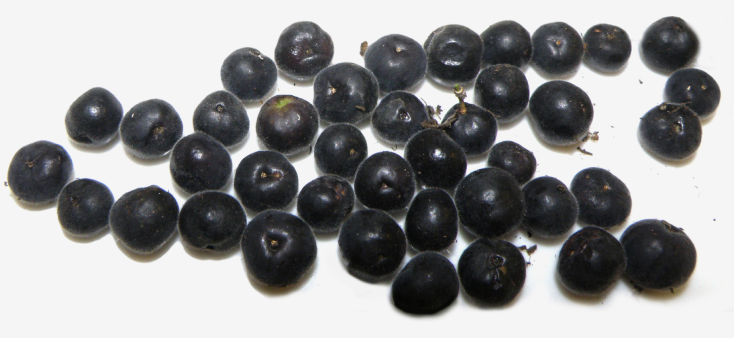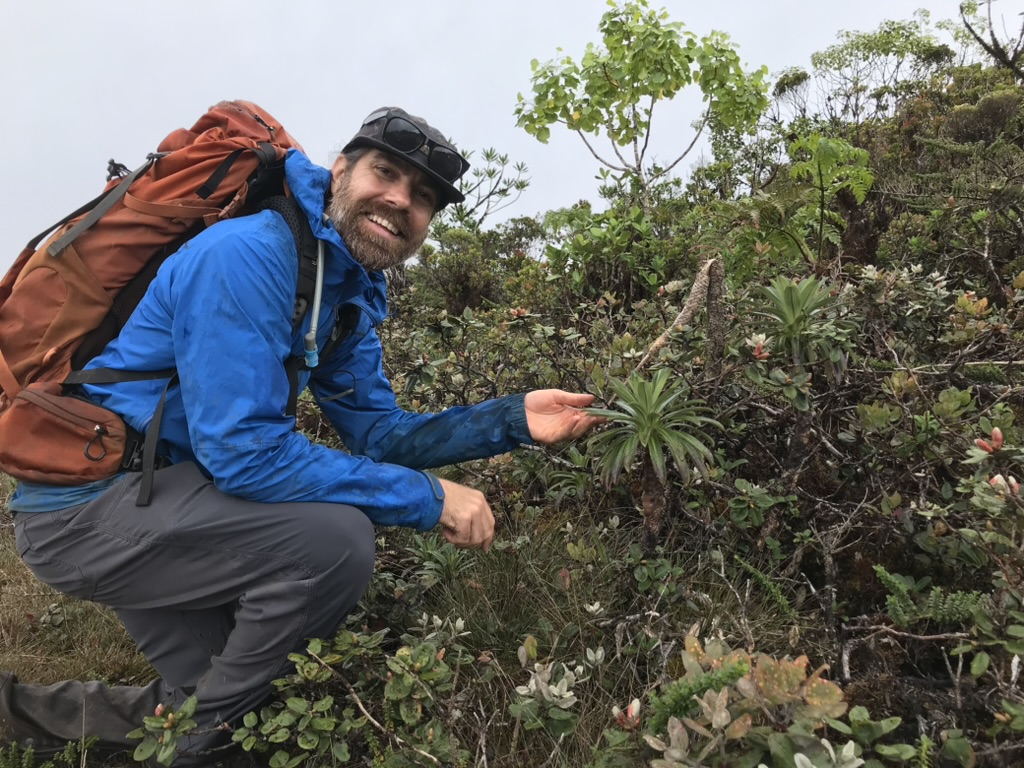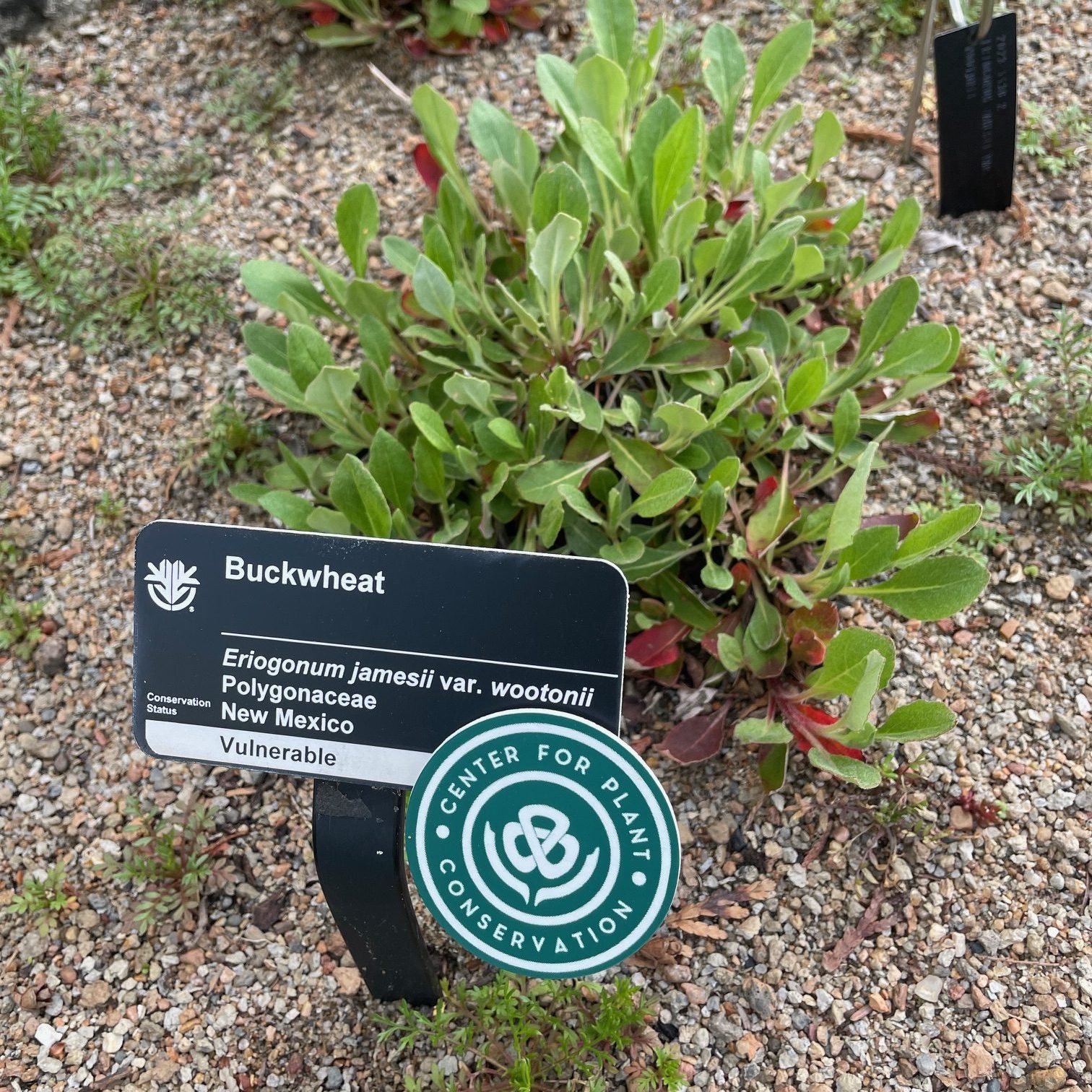National Collection of Rare and Endangered Plants
Search CollectionBringing Rarity Together
The Center for Plant Conservation maintains a collection of more than 2,660 of America’s most imperiled native plants through its network of world class botanical gardens. Our 82 Institutional Conservation Partners safeguard endangered plant material in “ex situ” botanical collections including seed banks, nurseries, and garden displays. An important conservation resource, the National Collection serves as an emergency backup in case a species becomes extinct or no longer reproduces in the wild. To communicate this important work, CPC and its network of conservation experts actively update web profiles for all National Collection species, which serve as a historical record of conservation actions taken to save these rare plants. Search the National Collection and view the plant profiles to learn more about these beautiful, imperiled rare plants and the gardens that conserve them.
Ruby Valley Buckwheat
Ruby Valley Buckwheat (Eriogonum argophyllum) is a critically imperiled buckwheat endemic to a single valley: Ruby Valley, Nevada. This Nevada endemic species sports a brilliant spherical yellow flower, much like the silhouette of a firework—a perfect choice to ring in the New Year. Ruby Valley Buckwheat is protected by the state of Nevada, and the one population known to exist is on private land. Although past threats to this species included potential geothermal development and recreational activities, a cooperative agreement with the private landowner has helped to mitigate risk and protect Ruby Valley Buckwheat.
Eriogonum argophyllum is secured in the CPC National Collection at Red Butte Garden in Salt Lake City, Utah, and the National Laboratory for Genetic Resources Preservation (NLGRP). In 2011, Red Butte Garden collected seed from the only known population of this species for storage at their seed bank and at NLGRP. Red Butte Garden staff have also germinated seed from this rare plant and grown seedlings to maturity in their greenhouse.
Learn more about conservation actions taken for Ruby Valley Buckwheat on its National Collection Plant Profile, and help support critical conservation work for this species at Red Butte Garden with a Plant Sponsorship.
CPC National Collection Search
The Center for Plant Conservation’s National Collection of Endangered Plants contains plant material for more than 2,500 of the country’s most imperiled native plants. An important conservation resource, the National Collection is a backup in case a species becomes extinct or no longer reproduces in the wild. Search the National Collection and view the plant profiles to learn more about these beautiful, imperiled plants.

Sponsor a Plant in the National Collection
To offset some of the expenses of collecting, growing, and researching plant species in the National Collection, the Center for Plant Conservation created the Plant Sponsorship Program to provide Participating Institutions responsible for a named species stable funding for the long-term work. A sponsorship does not cover all the expenses, but it provides significant help and stability, and has a critical and lasting impact on plant conservation efforts.
News from our Save Plants Digest
Donate
With your help we can safeguard more of the unique plants in peril and in need of protection by adding them to the National Collection and conserving them in the wild.
Donate Today




